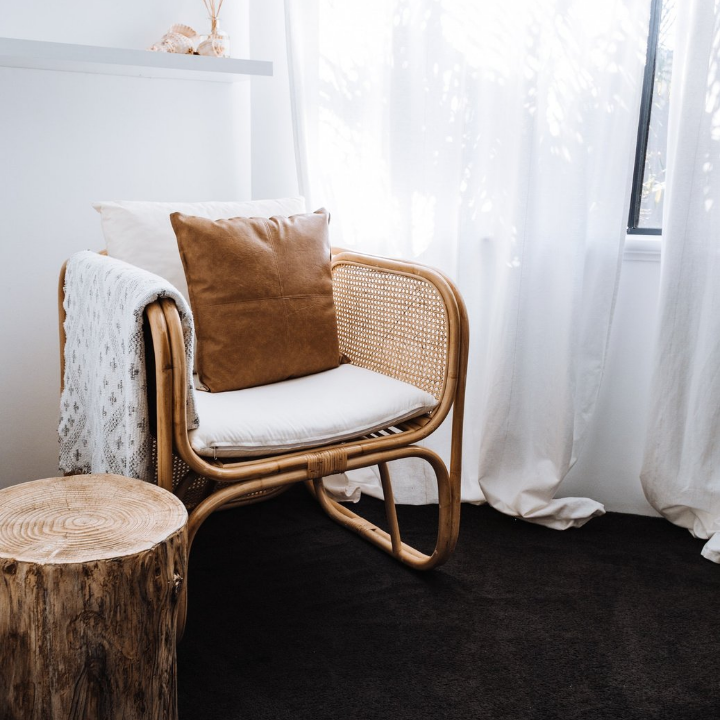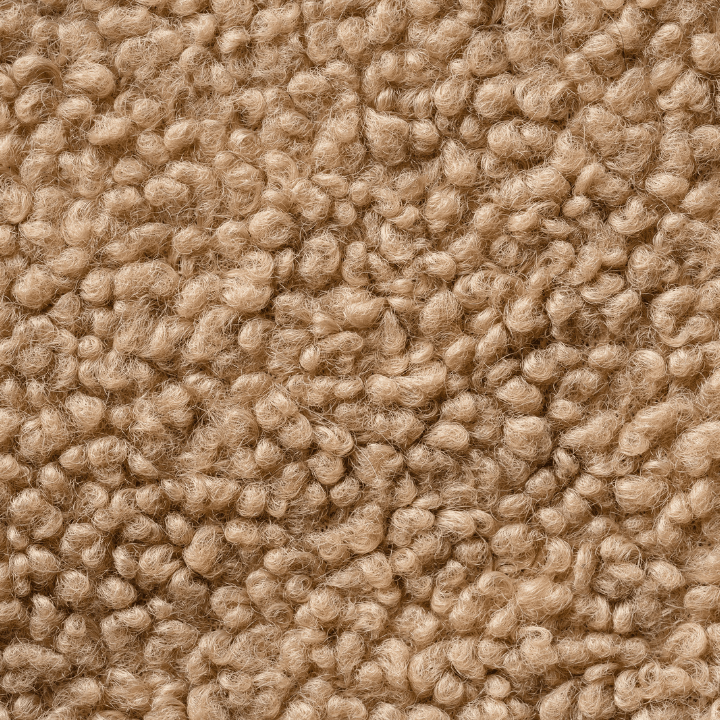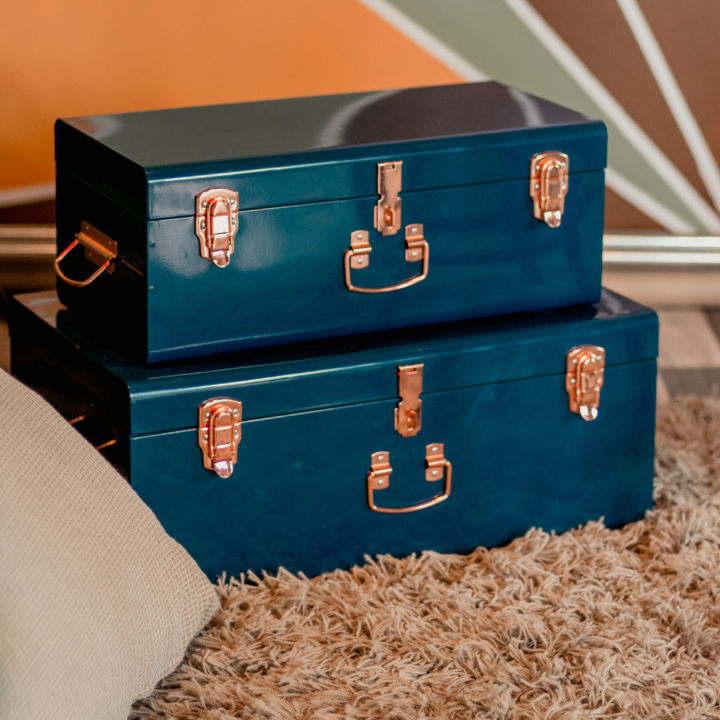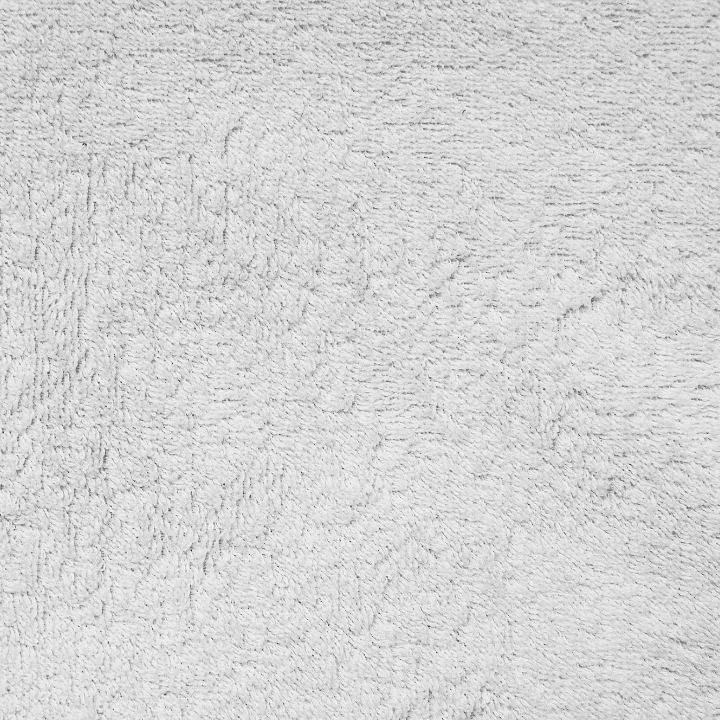Determining the quality of carpet can be difficult, carpet quality is the result of many factors that should be observed as a whole.

Carpet quality is not only related to appearance. When you are buying a new carpet determining the quality can be a bit tricky. Carpet can be difficult to choose because many hidden characteristics determine the overall quality. How well your carpet will perform over its lifespan depends on a lot of factors. Design and appearance are important as far as making a final decision for your next carpet flooring, however, other determining factors relate to the overall quality of the carpet that you are going to choose.
Many factors contribute jointly to the overall quality of carpet, not one factor in isolation is more important than the other. The overall quality of carpets depends on the combination of these factors, not on a single aspect.
Carpet quality is overall determined by the design of the carpet you choose, carpet fibre, carpet design, carpet pile, face weight are among the other contributing factors that determine the overall quality of the carpet you choose.
Below we will take a look at the main factors that determine the overall quality of the carpet and what you should know when you want to tell the quality of the carpet you will be choosing.
Carpet Face Weight.
Carpet Face Weight is the weight of the carpet pile per square yard, usually, the higher the face weight the higher the quality and durability of the carpet that you are going to choose is going to be. Carpet face weight is measured in ounces on a scale of 20 to 100, with most domestic carpets falling somewhere between 35 to 60 ounces. Carpet face weight is usually an indicative measure of quality, however, higher face weight alone does not determine the overall quality of carpets, all factors we discuss should be considered as a combination. Face weight has been marketed as a stand-alone characteristic for quality, this is not the case, carpet quality is a result of several factors that should be considered together.
Fibre and carpet quality.
There are two options when considering carpet fibres, natural and synthetic ones. Nylon and polypropylene are the most used synthetic carpet fibres, while wool is the most commonly used natural fibre. Synthetic fibres make up the vast majority of domestic carpets, however, wool blends are also often used. Nylon and polypropylene offer certain advantages when discussing quality, namely durability, flexibility, long lifespan, and resistance to wear and tear. Natural and synthetic fibres have individual-specific characteristics related to quality and what type of fabric you choose is mainly dependent on personal preference (and budget).
The most commonly used synthetic carpet fibre is nylon. Nylon is particularly durable, offers resistance to moisture and heavy soiling, has a long lifespan. Nylon fibres are soft, durable, and ultimately affordable. Wool is the ultimate choice in natural carpet fibres. Wool fibres are resistant to soiling to a point and offer similar crush resistance as nylon does. Wool will have relative moisture absorption properties, however, is easily susceptible to staining. If exposed to heavy moisture wool can also shrink. Wool carpets offer good resistance to soiling and hide dirt well. Wool carpets, however, should be cleaned more often as leaving dirt sitting on them too long can damage the fibres. Wool also feels luxurious and soft, however, its biggest drawback is price, wool is comparatively far more expensive than any synthetic fibre you can choose.
Choosing the right carpet fibre is mainly dependent on personal preference and budget. As far as overall quality both synthetic and natural fibres have advantages, no fabric is better than the other they are just different in feel, durability, and overall properties. What type of fabric you choose is a personal choice, however, the vast majority of domestic carpets are made of synthetic fibres. As far as overall quality what type of fabric you choose has a big impact, however, the choice between synthetic and natural fibres is dependent on specific characteristics you are looking for.
The type of fabric used for your carpet makes a huge difference. Different carpets perform differently under certain circumstances. While the residential carpet market is dominated by synthetic fibres, wool and wool blends have many advantages, especially for people that are looking for an eco-friendly option.

Carpet Density.
Carpet density refers to how close the fibres are stitched into the carpet backing. Carpet density is calculated using a specific formula. The closer the tufting (stitching) the higher the density. As a stand-alone characteristic carpet density will not solely determine quality, however, if matched with fibre type, face weight, and fibre twist carpet density is a very important indicator of overall carpet quality. About 90% of residential carpets are tufted, meaning that there are little pieces of cut or looped carpet fibre picking through the underlay.
Fibre twist.
Fibre twist refers to the number of times individual carpet strands are twisted together. Fibre twist is often ignored, however, it is one of the best determining factors for carpet quality. Fibre twist measures individual carpet fibres and how many times they are twisted together, as measured to within a single inch of the length of the carpet fibre. As you would imagine the higher the number of twists the better the carpet quality. A higher twist number means a more durable fabric and a stronger carpet. If you measure an inch of fabric and count how many twists you can see in it you can determine the fibre twist count yourself. Looped carpets are not measured in this way as the fibres loop back into the carpet itself.

Carpet Style.
Carpet style is not a huge determining factor as far as overall carpet quality, however, the style of the carpet you choose can influence its performance. Not all styles are suited in all circumstances and some carpet styles perform better in heavy traffic areas than others. Carpet can come in a large variety of textures and shapes, this is what carpet manufacturers refer to as carpet style. There are three common types of carpet styles, cut pile, looped pile, and cut-loop pile.
1. Cut pile.
Cut pile carpets offer a high density of carpet fibres that are twisted together to offer resilience and durability in the shape. Cut pile carpets are highly durable and are perfect for heavy traffic areas. Cut pile carpets can come in many different styles and shapes. Regardless of the overall design, cut pile carpets are durable and easy to maintain and clean.
2. Looped pile.
Loop pile refers to carpet whose fibre tips are not exposed but are looped back together - hence the term, loop pile. The carpet fibres are tightly bound, and therefore, offer great resistance and durability. Loop pile carpets are best suited to heavy traffic areas, living, dining rooms as they have a long lifespan and will not wear too much over time. Loop pile carpet can either be uniform in height or come in height differing levels. Loop pile offers many design choices.
3. Cut-loop pile.
The cut-loop pile is a combination of the two styles we mentioned previously. The main advantage of a cut-loop pile carpet is its design. Cut-loop pile carpets can come in many different colours, patterns on designs.
Carpet style is mainly related to visual stylistic differences, while different styles do not have a huge impact on the quality of your new carpet they can affect the overall performance of your carpet. So, when you are shopping for a new carpet consider what design is best applied to what area of your home and what style you should go with.
Carpets with short and tightly packed loops perform better in high-traffic areas, while carpets with a looser loop pattern are better suited to moderate traffic areas, while multilevel loops hide traffic spots well.

Carpet Colour.
There are two main ways in which carpet is dyed during production - solution dying and stock dying.
1. Solution dying.
In the solution dying process the dye is added directly during the manufacturing process. Colour is added directly to the yarn during production, in this way colour is "fixed" to the carpet fibres longer. Solution dying offers great resistance to stains, discolouration, or bleaching. Solution-dyed carpets have great resistance to colour loss and these carpets are best applied in instances where your carpet may be exposed to sunlight, bleach, or harsh detergents for long periods.
2. Stock dying.
In the stock-dying process, the colour pigment is added after the manufacturing process. Colour is added after the manufacture of the carpet fibre but before they are spun into yarns. Stock-dying offers largely similar results to solution dying as far as overall colour stability goes but a fraction of the production cost.
While how your carpet is dyed has a moderate to low effect on quality it is still a valid point to consider, combined with all the other carpet characteristics we mentioned, the dying process used for your carpet does play an overall role in the quality of carpet you are going to choose.
To conclude, many factors play a role in the overall characteristics of your carpet, when you are in the market for a new carpet there are many points to consider. In fact, it may seem somewhat overwhelming for the average person. However, knowing what factors determine the overall quality of your next carpet will help you make a better-informed choice and not rely on secondary factors such as price. More expensive is not always better, if you apply a relatively expensive carpet (such as wool) to an area of your home it is not suited for you will not get the same performance results you expect.
The overall quality of the carpet you are going to choose is determined by several factors, none of which is more important than the other. You should look for a combination of these factors, consider them as a whole and in this way you will be able to make an educated choice. Always listen to your carpet professional, they do this for a living they will be able to best advise you on what specific characteristics you should look for based on what your specific needs are. However, doing some preliminary research yourself will help you prevent being led astray by marketing or "sales speak" and know what factors you should look for when you are determining the quality of your next carpet.














